REVIEW – Brutal and gruesome, The Texas Chain Saw Massacre stays true to the original horror film by making a stunning asymmetrical multiplayer game – but only when it’s flawless. After years of Dead by Daylight leading the way in the world of asymmetrical horror multiplayer, Sumo Digital and Gun Interactive are ready to challenge that dominance. Enter Texas Chain Saw Massacre, which builds on the experience and knowledge the team gained from their Friday the 13th project. This article was updated for the PS Plus release.
Live-action multiplayer horror games are emerging as a new and unique genre. Unfortunately, games that debut in this category often struggle with technical and balancing issues from the start, and The Texas Chain Saw Massacre is no exception, disappointing those who hoped the developers would learn from previous lessons. However, as we mentioned in our previous technical review, the game’s core mechanics make for an exciting and addictive online experience. But does the fun outweigh the game’s problems? And will the game be able to keep players engaged long enough for Leatherface to become as iconic a character in the video game world as he is in the movies?
Family Traditions
The heart of the Texas Chain Saw Massacre experience is the Four Victims vs. Three Families mode. Three maps are available to players from the start, all based on familiar locations from the movies (Family Home, Gas Station, and Butcher Shop). With five victims and five playable family members, including the infamous character Bubba, the game does justice to the original story.
The basic gameplay mechanic is simple: victims must escape from the basement of the map while members of the family try to capture and evade them. While the basic concept seems simple, achieving the goal is anything but.
Of course, it’s easy to draw parallels to other similar games such as Dead by Daylight (DBD) or Friday The 13th (FT13), but The Texas Chainsaw Massacre is a unique experience and differs from other titles in many ways. While DBD is easy to pick up, it’s not so easy with Texas. The game tries to make it easier to learn by using non-simple videos in the menu, but they often give the player too much information at once. It’s like Bubba hitting you on the head to teach you a rhythm.
It’s not uncommon for rookies to die in the first few minutes, which can be depressing for newcomers. You have a lot to learn, and the game doesn’t always provide the best support during this learning phase. However, if you persevere, the strategic depth and possibilities of the game will slowly unfold before you.
Anything to survive!
In The Texas Chain Saw Massacre, you’ll basically have two different gameplay experiences, depending on whether you play as the victim or the family. Interestingly, I didn’t want to exclusively choose one side or the other; I often enjoyed both roles, but also got frustrated. As in any online game, your experience here is largely dependent on the other players.
If you play as a victim, your goal is to escape. Once you escape from the initial anchor point, you either sneak carefully or try to run fast, using various objects and opening doors and other means to reach a safe haven. The game consists of three levels: basement, ground floor and outside. You can choose from a variety of paths to success, whether through electrically secured gates or time-activated mechanical hatches.
Playing as the victim relies heavily on stealth and frequent pressing of the “E” key, whether it’s picking locks or blowing up generators. The tension of the game is that you know the family is after you. You may have to break through trap-filled areas or find a new escape route when you realize that Cook has double-locked every door on your originally planned escape route.
I found this experience quite fascinating. That is, of course, if you didn’t fall right at the beginning. The basement section is probably the most difficult for victims because of the intricate maze and the proximity to where Leatherface can appear. Victims can run away from the killer, but only for a short time, and their escape options are quite limited. Once you reach a dead end, the game is over for you.
Losing a teammate early complicates the game for the others. The presence of three killers creates a greater need for distraction. Texas strongly encourages communication between players, so the overall game can be very rewarding for well-coordinated teams.
For the anemic
In The Texas Chain Saw Massacre, the family comes to life in a strange way. The victims, while possessing special abilities, seem to me to be mere supporting characters, easily forgotten. In contrast, the family’s abilities are the fundamental gameplay. Through technical testing and review, players have already developed favorites, depending on the level of sadistic role they wish to play. As Leatherface, your job is to stalk, pressure, and inflict damage at the expense of your agility.
I was particularly trapped by Hitchhiker. Finding the perfect places to set traps and quickly following the fleeing survivors kept me on my toes. A big part of the thrill came when I noticed a lot of people climbing up a ladder without looking to see what was waiting for them at the top.
Each member of the family offers a unique gameplay experience and strong abilities. However, not being able to play with your favorite character can be disappointing. I’ve often heard people debate who Connie should be – I’m curious to see how popular she will be with players.
Chasing and mutilating victims is also exciting, although the gameplay can be a bit choppy at times. Thanks to the Texas direction, it was often easy to mow down the victims completely. Or, if you encountered more skilled players, you could actively dodge blows that the hitboxes simply didn’t detect. You almost have to step on people, like stepping on the foot of that obnoxious passenger on the train who has no respect for anyone’s personal space.
Don’t expect flawless gameplay once you’ve mastered how to eliminate survivors. A thorough knowledge of the course is essential, and you’ll be at a disadvantage if a well-coordinated survival team escapes in the first three minutes. Balance is a problem for both sides – survivors can be taken out quickly, and as the Family, you can easily outrun them without even noticing.
A balance of skills
The aforementioned map knowledge is so important because the maps in The Texas Chain Saw Massacre are so intricately designed. There are plenty of bushes to sneak through, holes to crawl through, closets to hide in, and windows to throw yourself out of in an epic move. The maps also open up into fairly large spaces, making it easier for victims to dodge as the match progresses, unless the Family has done their best to cover escape routes.
To compensate, the Family can supply Grandpa with blood. As he progresses through the five levels of power, he provides more and more opportunities to spot unwary victims, eventually revealing their aura whether they are moving or not. This helps to keep fights fast-paced and puts pressure on both sides to move quickly, creating organic opportunities for emergent gameplay.
The Texas Chain Saw Massacre’s development system, however, partially undermines both of these exciting mechanics. Whereas other similar games use abilities as a means to create variety and unique play styles, Texas uses a progression system where abilities can be developed directly. As you level up, you can add tokens to your character’s ability map to gain new, activatable abilities, or “perks.
Let me use my own experience as an example. Basically, as Julie, I had to balance between pressing the “E” key when picking locks and making too much noise. After investing more than 15 points in stealth, I never had to think about not pressing the button because I stayed silent every time. I was successful in moments, found tools instantly, and managed to escape within three minutes of a fight.
I like the idea of being able to develop character strengths directly, but in its current form it feels a bit skewed and overly dominant. I went from being a weak survivor to a god-like survivor, not by improving my skills or abilities, but simply by spending points on a character. As a result, new players can easily become discouraged as the game ages because they are unable to compete with the top players. Imagine what it would be like for a rookie victim to play against a maxed-out Bubba: it would be like Michael Myers chasing a poor, defenseless snail.
I “saw” better, so get to work!
While the skill tree and progression system could use some tweaking, the technical execution of The Texas Chain Saw Massacre needs a complete overhaul, as Bubba would do. The game is riddled with bugs, like a rocky rural American landscape with a suspicious family that seems to have an excessive fondness for chainsaws.
There is a huge drop in frame rate when a victim is hit. Interestingly, this has become a tool to let everyone know when someone is in trouble. My character would often get stuck in the geometry of doors, or I would experience a “rubber band effect” when trying to interact with something. From time to time, I and others have had our avatar just freeze and stop moving. It’s great when Sissy comes over to poison and stab me.
I had a lot of trouble finding a partner. We needed a full seven-person game room to start the game. The real frustration was that not only did you have to wait for a partner to arrive, but if something went wrong, it would throw everyone back to the start menu, so you had to start the search all over again. The in-game chat was completely useless to me, and twice the game crashed and threw me out.
The graphical details, lighting, track and character design are impressive. However, playing the game is often more of a chore than a pleasure. While the elimination of victims is bloody and brutal, it doesn’t reach the same intensity when the game’s technical flaws come to the fore. As it stands, The Texas Chain Saw Massacre needs a lot of improvement on the technical side. Still, in a strange way, I enjoyed it. It has an intrinsic appeal that helps you get over the problems. Games like this often have a rough start – DBD, for example, had a lot of problems in the beginning before it got better. Hopefully The Texas Chain Saw Massacre will be a much better experience in a few months. But for now, there are too many bugs…
Love and Frustration
How would you describe your time with The Texas Chain Saw Massacre in general? The same way I would describe Dead by Daylight. I love it, but at the same time it frustrates me a lot. It’s not technically perfect and it’s not balanced, but somehow it still grabs you. You feel like even though everything around you is chaos, it’s your own chaos.
There are two things to consider when evaluating a game: the price and the genre of the game. Considering that there are only three maps to play and no other modes, I feel that the lower price point is justified and the content offered is fair. If you have played similar games before, you will easily fit into this horror world. For beginners, The Texas Chain Saw Massacre makes a creepy first impression, and not just because we’re being chased by a crazed killer with a chainsaw.
However, the most memorable experience for me during my time with the game was the sense of camaraderie I had with other players. The game actively encourages communication between players, which has led to many humorous, touching, and memorable moments. I remember being led to the brink of escape by a fellow player, or the communal excitement that erupted when a random player happened to escape.
Unfortunately, these moments are not frequent enough, and The Texas Chain Saw Massacre’s many problems cloud the experience. However, if the community embraces the game the way they did with Dead by Daylight or Friday 13, it has great potential. I even think it might replace Dead by Daylight as one of my favorite online games, which is probably the highest praise I can give it at this point.
-BadSector-
Pro:
+ Immersive and addictive gameplay
+ The game encourages teamwork and communication
+ Great attention to detail in terms of course design and characters
Cons:
– Many technical problems and bugs at launch
– Imbalance, especially for new players
– The learning curve is steep at first, especially for victims
Publisher: Gun Media
Developer: Deck13
Style: Asymmetric multiplayer horror
Release: August 18, 2023.
The Texas Chain Saw Massacre
Gameplay - 7.2
Graphics - 7.5
Multiplayer - 7.6
Music/Audio - 7.8
Ambience - 8.2
7.7
GOOD
Although "The Texas Chain Saw Massacre" struggles with technical and game balance issues, it is still an immersive and addictive experience. The community and team-building aspects of the game try to compensate for many of these problems, with varying degrees of success.

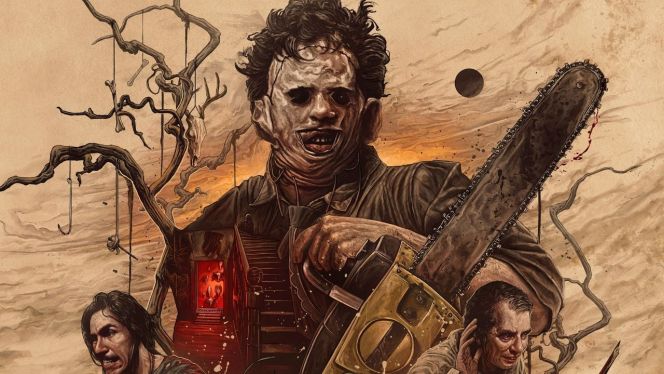
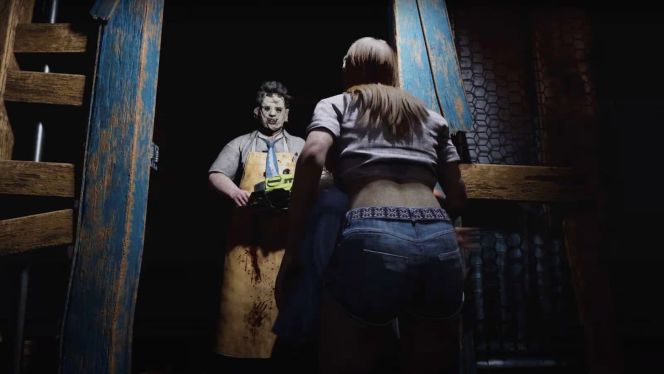
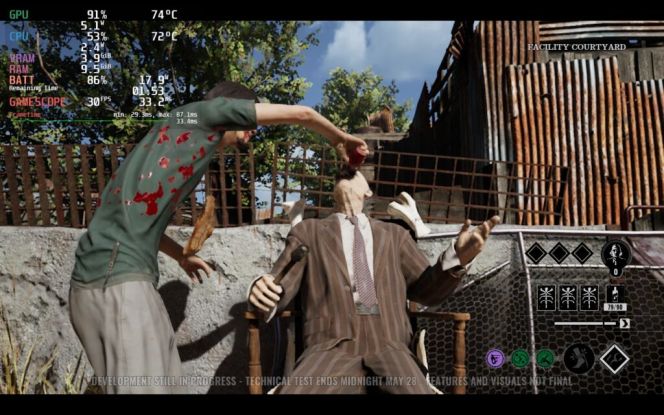
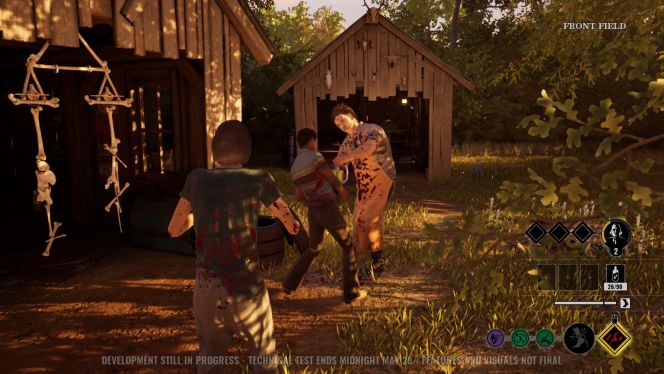
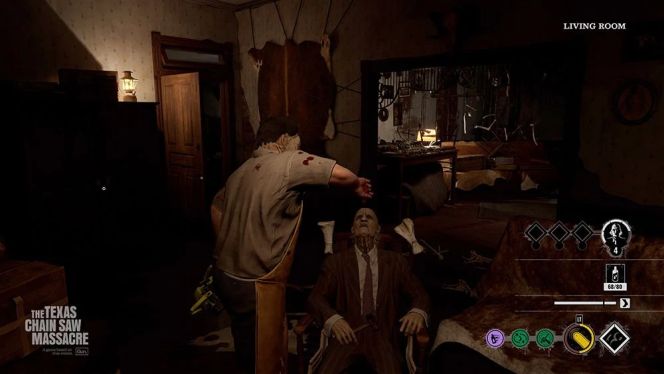
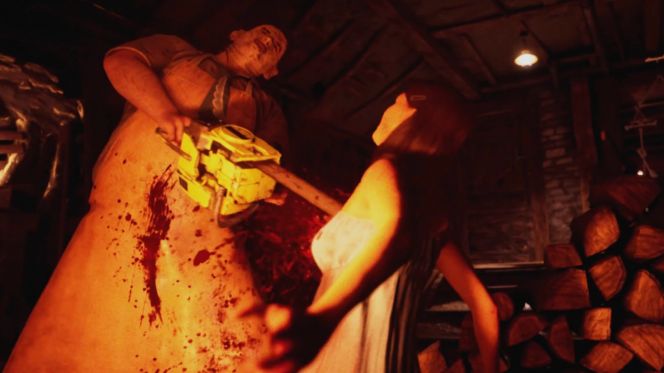













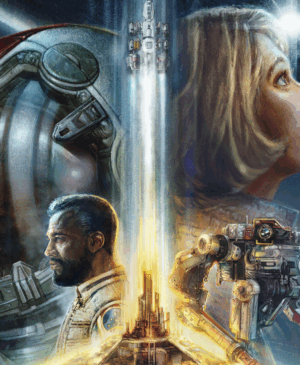
Leave a Reply